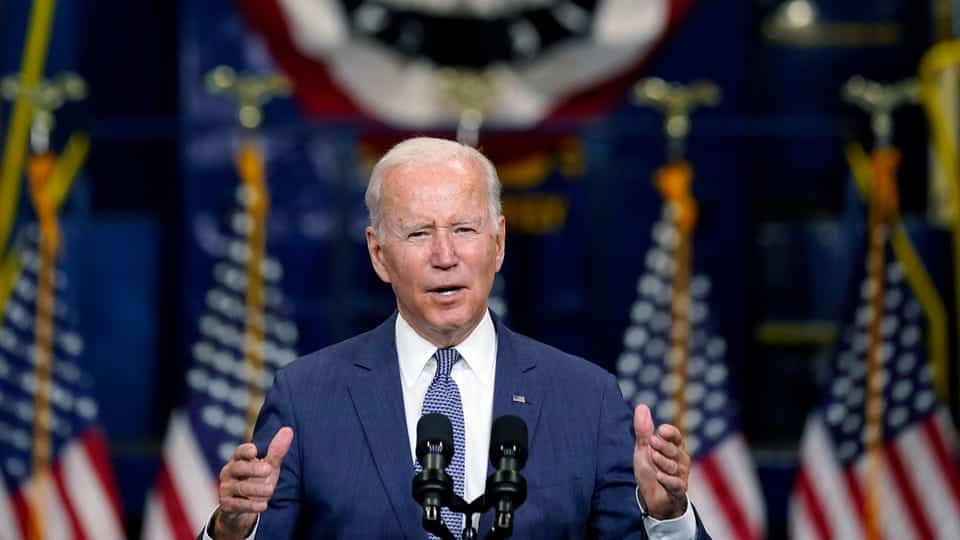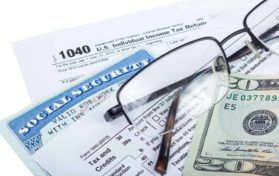
For months, Capitol Hill has been debating the passage of both the Infrastructure bill and the Biden Build Back Better Spending plan. Democratic moderates Kyrsten Sinema (D-AZ) and Joe Manchin (D-WV) have shown a lack of support for the spending bill, while in the House, members of the Progressive Caucus have vowed not to vote for the infrastructure bill unless it was tied to passage of the Build Back Better spending plan.
Senator Kyrsten Sinema has been harassed by protestors who followed her into a public bathroom and filmed the confrontation with the senator. Joe Manchin has spoken out multiple times on his refusal to vote in favor of the Build Back Better plan.
Mainstream media and political pundits on the left extol the virtues of the Build Back Better plan, which is supposed to cost taxpayers “zero.” Those who refuse to support the bill, including Senator Manchin, report that there will be a cost, and that the cost could be detrimental to the country.
So, what exactly is in this bill? Why doesn’t it have the support of Biden’s party?
Child Care Subsidies
One of the major components of the Build Back Better spending plan is universal pre-K for all American children. This will also include subsidies to reduce childcare (primarily daycare) costs for American families. $400 billion is set aside in the Build Back Better spending plan for a six year program that will provide no-cost preschool for three and four year old children. The framework of the plan states, “Parents will be able to send children to high-quality preschool in the setting of their choice – from public schools to child-care providers to Head Start.”
Under the Build Back Better plan, costs for child care will be limited to no more than seven percent of the income of families earning up to 250 percent of a state’s median income.
The Build Back Better plan will fully cover the cost of childcare as long as it does not exceed the seven percent threshold. The plan will support parents who are “working, participating in an education or training program, or looking for work.”
Climate Change
Of course, one of the major platforms for Joe Biden‘s presidential campaign has to do with climate change and going green. The greatest portion of the Build Back Better spending plan includes $550 billion to “combat climate change.” There are tax breaks for the purchase of an electric vehicle as well as money earmarked for improvements to clean-energy transmission and storage. Even more earmarked money is set aside “to help make communities more resilient to extreme weather events.”
The climate portion of the bill is intended to enhance existing home energy and efficiency tax credits. The tax credit for the purchase of an electric vehicle will be $12,500 – provided that EV is made in the USA in a union facility. Another portion of the climate monies will go toward an electrification-focused rebate program.
Democratic proponents of the plan say, “this is the largest effort to combat the climate crisis in American history.”
Child Tax Credit
The expanded Child Tax Credit, which was a part of the American Rescue Plan passed earlier this year, is extended in the Build Back Better spending plan. This is the plan that has provided parents of children with monthly checks throughout much of 2021 ($300 per each child under the age of six and $250 for children between the ages of six and seventeen). The Build Back Better spending bill would extend this credit for one more year (through 2022). Currently, the Child Tax Credit is between $3000 and $3600 (depending upon the age of the child).
It’s also important to note that the Build Back Better plan will make the child tax credit “fully refundable.” Under the American Rescue Plan, the poorest families will qualify for the credit, even if they don’t usually make enough to file a tax return.
Medicare Expansion
Another major component of the Build Back Better Spending Plan would end gaps in Medicaid coverage. Approximately $130 billion is allocated to expanding Medicaid and reduce premiums for plans purchased through the Affordable Care Act healthcare marketplace.
Those who live in the eleven states that did not adopt a Medicaid expansion plan would be able to receive tax credits to receive health coverage without having to pay a premium each month via the Obamacare health exchanges through 2025. In addition, the Build Back Better spending plan would reduce premiums for health insurance coverage purchased via the ACA marketplace, and add hearing coverage to Medicare recipients. Home care services benefits would be increased for Medicaid recipients.
There is no dental or vision service covered under this version of the Build Back Better framework, although previous versions of the legislation did contain such.
Affordable Housing
The Build Back Better spending plan would also incorporate expanding free school meals for students, larger Pell grants for low-income college students, and allocate $150 billion to affordable housing.
The $150 billion in affordable housing includes the construction and rehabilitation of more than 1 million affordable homes in the United States. This will include rental assistance and housing vouchers. The provision would also include down payment assistance for first-generation homebuyers looking to purchase their first home.
Is the Build Back Better Plan Really Paid For?
Again, Biden and the Democrats supporting the Build Back Better plan have argued that the plan will cost the American taxpayer “zero.” Here are the tax changes proposed in the Build Back Better framework:
- Personal income over $10 will see a surtax of 5 percent in addition to the income already taxed. There will be an additional 3 percent surtax on income over $25 million.
- The corporate profits of all large corporations – those with over $1 billion in profits – will see a fifteen percent minimum tax on said profits. This is in line with a G7 summit proposal of a global fifteen percent tax on all corporations.
- Stock buybacks will see a one percent tax.
- The foreign profits of a U.S. corporation would be taxed at fifty percent.
The progressives in Congress wanted to see paid family leave as a part of this spending plan as well as dental and vision benefits for Medicare recipients. Free community college has also been axed from the bill.





